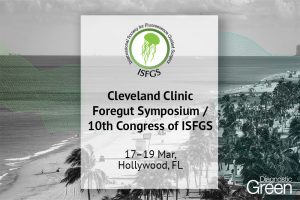Background: Fluorescence-guided surgery (FGS) with indocyanine green (ICG) is a rapidly diffusing surgical innovation, but its utilization in pediatrics remains unknown. We present a cross-sectional descriptive analysis of trends from a national database.
Methods: The Pediatric Health Information System (PHIS) database was queried for patient encounters between January 2016 and July 2021 with an associated ICG administration within 3 days prior to surgery. All procedure codes from each encounter were reviewed by two surgeons to determine the most likely associated FGS procedure and assign an operative category.
Results: 1270 encounters were identified from 38 participating hospitals. The mean patient age (SD) was 8.3 (6.4) years, 54.5% were male, 63.8% were white, and 30.1% were Hispanic. The most common categories for ICG use were neurosurgery (21.3%), biliary (18.3%), perfusion (14.8%), urology (12.5%), gastrointestinal (10.8%), ophthalmology (8.8%), and thoracic (5.6%). Utilization over time increased for some categories (thoracic, visceral perfusion, and neurological procedures) or remained stable for other categories. Overall ICG utilization has increased in 2020 (n = 314) compared to 2016 (N = 83). The number of centers utilizing ICG has also increased from 14 hospitals in 2016 to 29 hospitals in 2020 though adoption remains unevenly distributed, with 5 high-utilization hospitals accounting for 56.8% of all ICG FGS cases.
Conclusion: ICG is being used across a wide variety of pediatric surgical disciplines. Trends over time show increasingly frequent adoption across the country, with a few high-volume centers driving the innovation. Fluorescence-guided surgery is commercially available and is becoming more commonplace for pediatric surgeons. Dedicated efforts will now be needed to assess outcomes using this promising technology.




